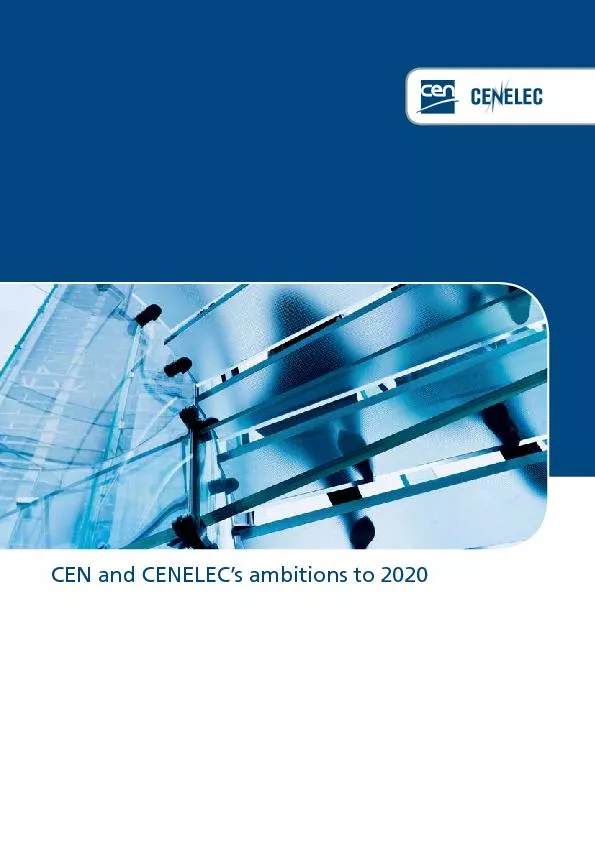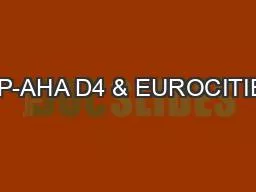PDF-Realizing our ambitions At their General Assemblies (AGs) in Copenhage
Author : pamella-moone | Published Date : 2016-05-09
Friedrich Smaxwil CEN PresidentTore TrondvoldCENELEC President rf rfrnrtb About the European Standardization SystemThe objective of European s
Presentation Embed Code
Download Presentation
Download Presentation The PPT/PDF document "Realizing our ambitions At their General..." is the property of its rightful owner. Permission is granted to download and print the materials on this website for personal, non-commercial use only, and to display it on your personal computer provided you do not modify the materials and that you retain all copyright notices contained in the materials. By downloading content from our website, you accept the terms of this agreement.
Realizing our ambitions At their General Assemblies (AGs) in Copenhage: Transcript
Download Rules Of Document
"Realizing our ambitions At their General Assemblies (AGs) in Copenhage"The content belongs to its owner. You may download and print it for personal use, without modification, and keep all copyright notices. By downloading, you agree to these terms.
Related Documents














